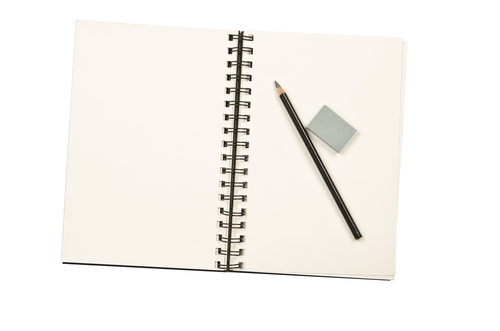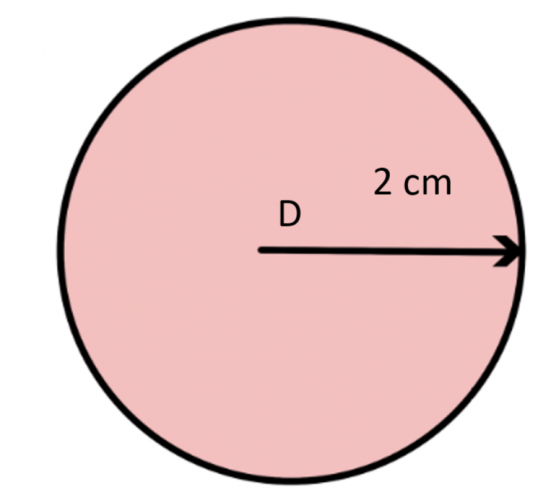
In geometry, drawing loci means drawing out something that satisfies certain conditions.
A locus is a path formed by a point which moves according to a certain rule.
The plural of locus is loci.
Let's take a look at these definitions in action.

e.g. Describe the locus of an object that is always 2 cm from point D.
The locus is a circle. The centre is D and the radius is 2 cm.
To draw this locus, we need to open our compass to 2 cm and draw around the point stated.
All points are the same distance (equidistant) from the central point D.
Question: Describe the locus of a point which is 5 m from a wall.
A point that is always 5 m from a long straight wall will have a locus that is a line parallel to the wall and 5 m away from it.
To draw this locus, we need to measure 5 m away from the wall and draw a horizontal line.
Every point on that line will be 5 m away from the wall.
Question: Describe the locus of a point which is 5 cm from the line AB.
A point that moves so that it's always 5 cm from line AB will have a locus that is a racetrack shape around the line
To draw this locus, we can treat the horizontal edge of the line in the same way as the wall previously and just draw a line 5 cm away from it.
To create the curved edges, we need to open our compass to 5 cm and draw an arc from each end of the line.
Question: A guard dog is tethered by a rope which is 3 m long to the corner of a shed, which is 4 m by 2 m square. What is the area that the dog can guard effectively?
We to draw this locus we need to open our compass to 3 m from the corner of the shed and draw around this point.
Note: as the radius of the circle is partly blocked by the shed, the radius decreases.
Ready to have a go yourself now?
In this activity, we will draw and analyse loci in order to solve related problems.
You will need to have some graph paper, a ruler, a set of compass and a pencil handy so that you can create your loci diagrams.
You cannot upload your diagrams to our system, but you will use them to answer related questions to check whether they are correct or incorrect.












